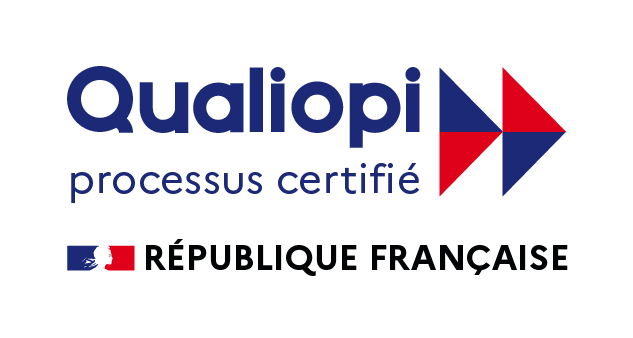Published in EDI, issue N°113 – January 2022
Companies too often focus on hard skills when investing heavily in employee training, whereas human skills are crucial to realizing the value of digital in working practices and customer relations.
By Clarisse PAMIES, CEO of Open Mind Neurotechnologies, former Director of Digital at Johnson & Johnson.
A new CRM, a new digital workspace, an innovative HR tool or the launch of a new customer application… The best stories are often based on the same recipes: setting up a DevOps organization and culture, federating a community of ambassadors, visible support from management and quantified monitoring of adoption. Then there’s communication and user training.
However, all it takes is a grain of sand to throw a wrench in the works: project managers who give precedence to requests from the hierarchy over real user needs, a “zero risk” corporate culture, or users who see the new tool as a threat.
The brake on technology is human
While certain technical biases, such as the degree of modularization of tools, are of real importance, all the key factors mentioned above are purely human. This is what the 15th annual ‘State of Agility’ report (State of Agile 2021)¹, for which resistance to change, lack of management support, and processes and culture are the main barriers to implementing agility at scale (mentioned by 48% and 43% of respondents respectively).
But this comes at a cost to companies. Direct, in terms of the sums invested in these new tools, which are becoming ever more numerous. But above all, the indirect cost of slow adoption. Several recent studies (McKinsey², PlanView³ ) have quantified the impact of rapid adoption: leaders in the field are three times more likely to outperform their financial results than less responsive companies. And unfortunately, when the machine doesn’t deploy properly, the finger is often pointed at the tool or the service provider.
“
As prescribers and operators, partners play a major advisory role in removing the human obstacles to transformation. Starting by training their teams.
“
New tools for human skills
However, insisting on human levers is not reassuring. For, as Cartesians, we are stuck on the now false idea that humans are rational agents. And IT service providers don’t necessarily feel equipped to deal with this. This is a wrong that needs to be righted.
The good news is that science and technology are providing new tools here too. All these human levers are now well known thanks to neuroscience, broken down into physiological, psychological and even brain zone mechanisms, and quantified in hundreds of scientific publications. Agility, for example, is the result of the interaction of specific cognitive and emotional functions: tolerance of uncertainty, mental flexibility, risk-taking and stress management. What’s more, these functions can be developed through practices that raise awareness of one’s operating modes and emotions, with proven clinical results.
On an individual level, methods combining gamified experiences and data help people to identify their blockages. And on a collective level, by anonymizing individual information, which must of course remain strictly confidential, elements of corporate culture resistant to change can be presented without interpretation. IT professionals who want to maximize the impact of their solutions and services urgently need to take an interest in these new ‘hard’ ways of addressing the ‘soft’ factor.

